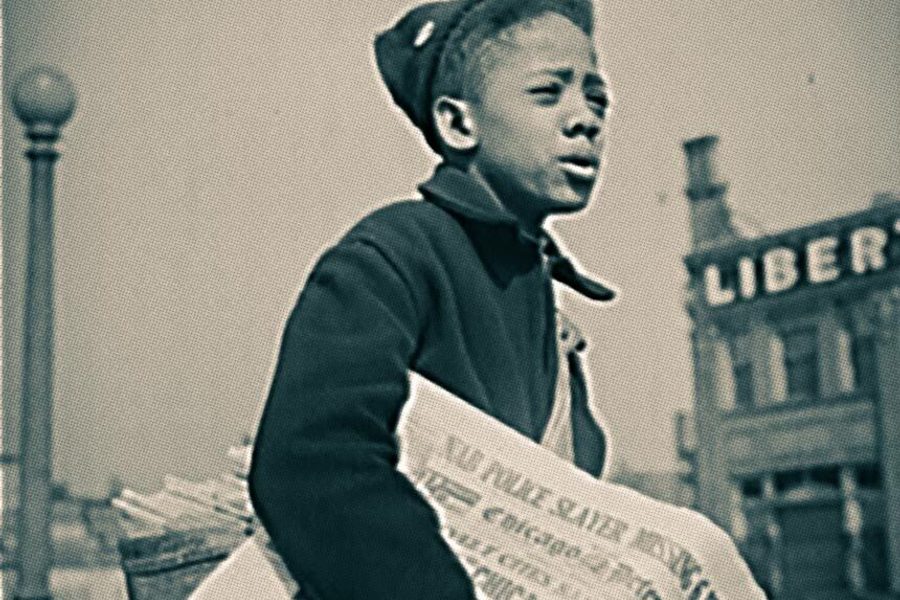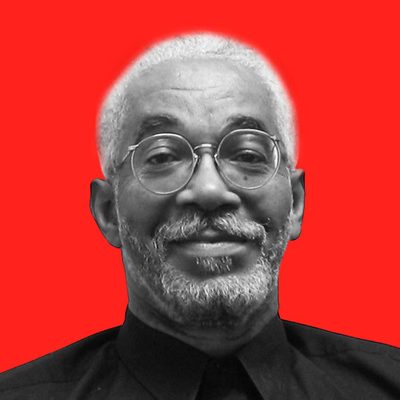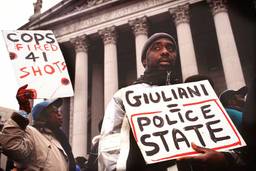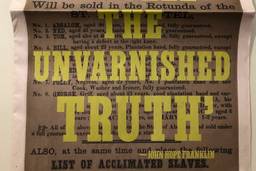The Newspaper That Transformed Black America—And The Course of History
How an ambitious migrant came to Chicago and changed history with the power of journalism
Salim Muwakkil

Journalist Ethan Michaeli has penned an account of The Chicago Defender—the more than 100-year old black newspaper where he worked as a copy editor and reporter from 1991 to 1996 — that pays proper attention to one of America’s most influential, though incredibly unsung, institutions. At 609 pages, The Defender: How the Legendary Black Newspaper Changed America, From the Age of the Pullman Porters to the Age of Obama has a heft commensurate with its mission. In the process, Michaeli illuminates some dark corners of history.
The book starts out as a tale of how an ambitious dark-skinned migrant came to Chicago and changed the course of history with the power of journalism. His name was Robert S. Abbott, and he was born in 1869 on St. Simons Island just off the coast of Georgia, an area known for its Gullah culture. Abbott made Chicago his home after hearing a speech by Frederick Douglass at the 1893 World’s Columbian Exposition (aka the Chicago World’s Fair). Abbott’s presence that day was in honor of a racial celebration of sorts: the fair’s “Colored American Day.” Although this public recognition marked some racial progress, the America of the time was seemingly devoted to white supremacy: Michaeli notes that “more than one hundred black men had been murdered by white mobs across the South in the first six months of 1893 alone.”
Against this backdrop, Douglass addressed the so-called Negro problem. The real problem, Douglass said, “was whether the American people have honesty enough, loyalty enough, honor enough, patriotism enough to live up to their own Constitution.”
Those words helped spur Abbott to launch the Chicago Defender, which printed its first run in 1905. It was not the nation’s first black journalistic endeavor; that honor goes to Freedom’s Journal, launched in New York City in 1827 by John Russwurm and Samuel Cornish, with a mission statement that read in part, “we wish to plead our cause. Too long have others spoken for us.” But few black-owned publications have fulfilled that mission with more dedication than the Defender.
The publication is perhaps best known as a catalyst for the Great Migration, in which nearly a million-and-a-half black migrants moved from the rural South into northern cities from 1915 to 1930. But the Defender can hang its hat on many claims to fame: the first black paper to surpass a circulation of 100,000, the first to own its own printing facilities, the first to run a regular health column and the first to unionize.
Michaeli recounts the Defender’s glories in a sprawling, well-researched panoramic with surprisingly fluid prose. Throughout, he refracts American history through the Defender’s lens, from the struggles of the Pullman porters to the anti-lynching campaign of Ida B. Wells to the chaos of the World Wars; we observe the gloom of the Depression and the Defender’s glorious mid-century heyday, when the paper converted from a weekly to a daily and circulation reached more than 250,000; and finally, the unlikely but meteoric rise of Chicago’s favorite son, Barack Obama. We hear black perspectives missing from the mainstream, on events like the controversies surrounding Jack Johnson, the first black U.S. boxing champion, and the intricacies of the Red Summer race riots of 1919.
The summer of 1966 is one example: a time when Martin Luther King Jr. joined with the Chicago Freedom Movement and was famously struck by a rock during a march in Marquette Park, a Chicago neighborhood notorious for its resistance to integration. The book reveals coverage of internecine intrigues within the movement that only the paper’s insider status could have granted. What’s more, King himself became a temporary columnist.
The Defender even broaches the ideological disputes that erupted between its publisher, Abbott, and Black Nationalist Marcus Garvey, offering glimpses into the perennial struggle between the nationalist and integrationist strands of the Black Freedom Movement.
The book is a treasure on its own, but it also reveals a story seldom told about the power of black media and the agency of people audacious enough to seek that power.
Salim Muwakkil is a senior editor of In These Times and host of “The Salim Muwakkil Show” on radio station WVON-AM in Chicago. Muwakkil was also contributing columnist for both the Chicago Sun-Times (1993 – 1997) and the Chicago Tribune (1998 – 2005). He is also a co-founder of Pacifica News’ network daily “Democracy Now” program and served as an adjunct professor at Northwestern University, University of Illinois, the Art Institute of Chicago and Chicago’s Columbia College.








